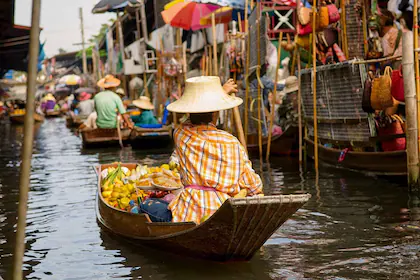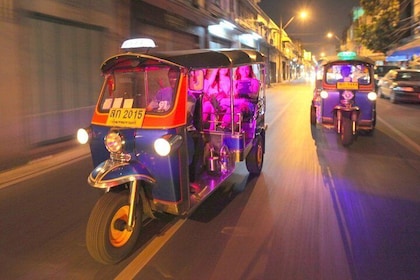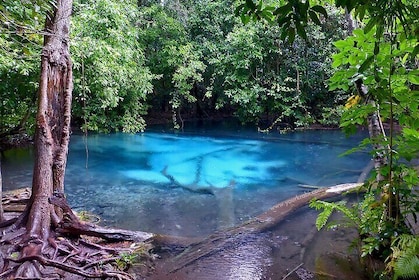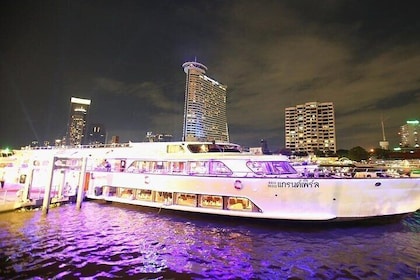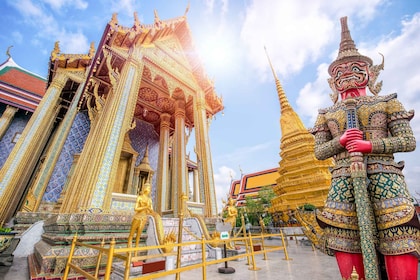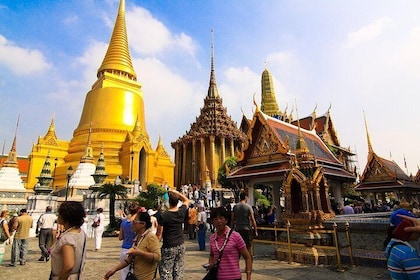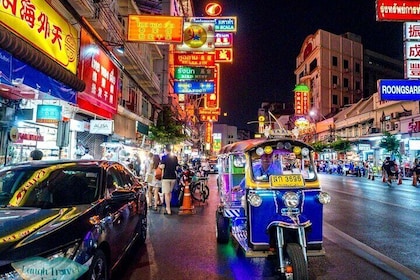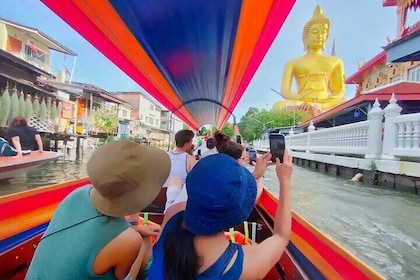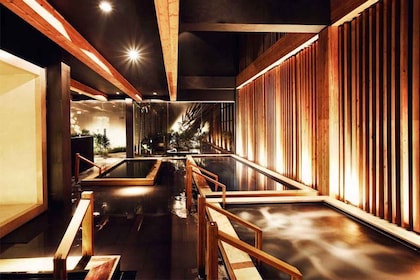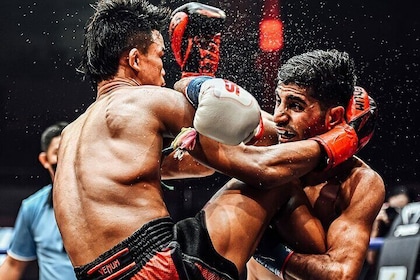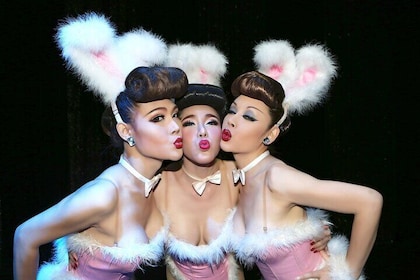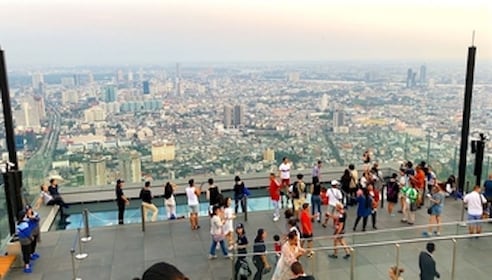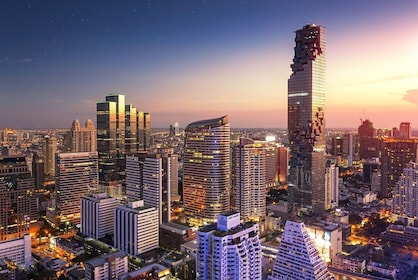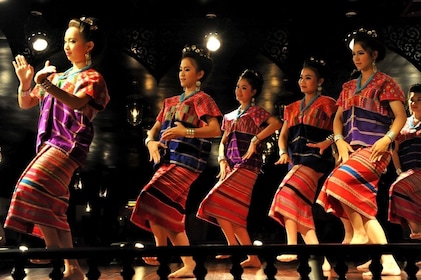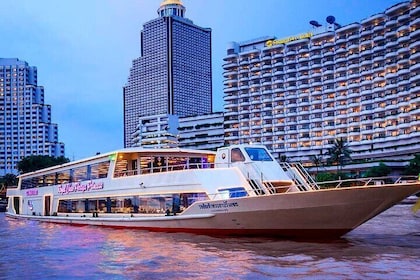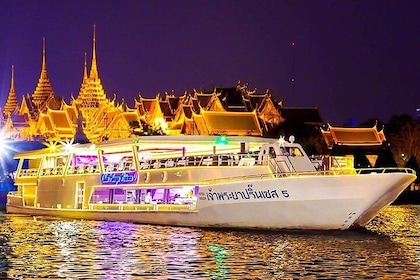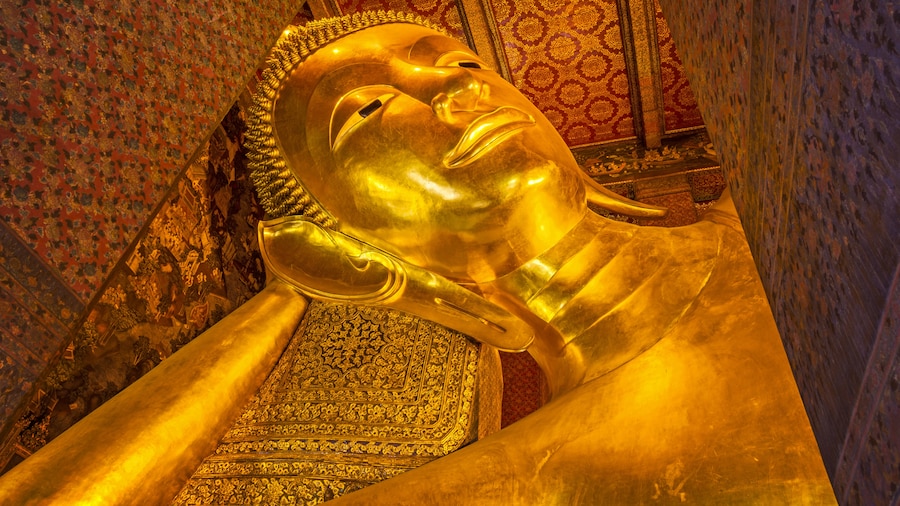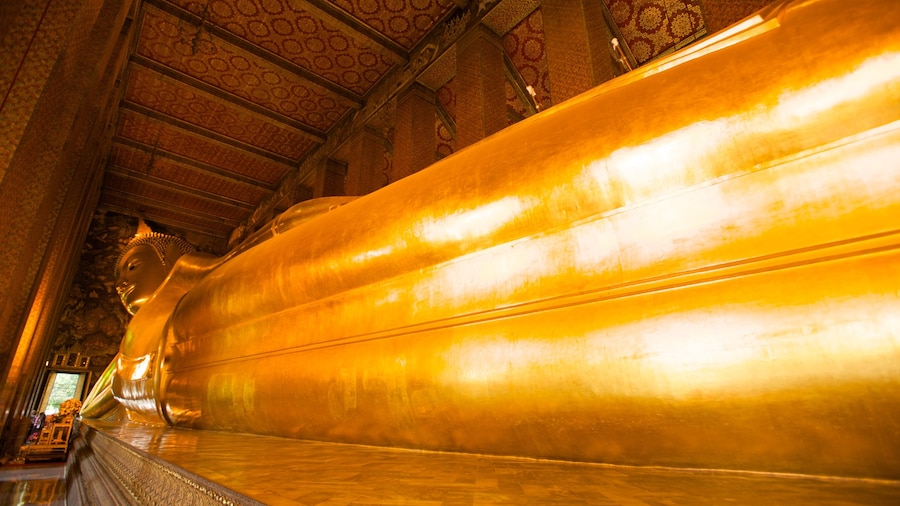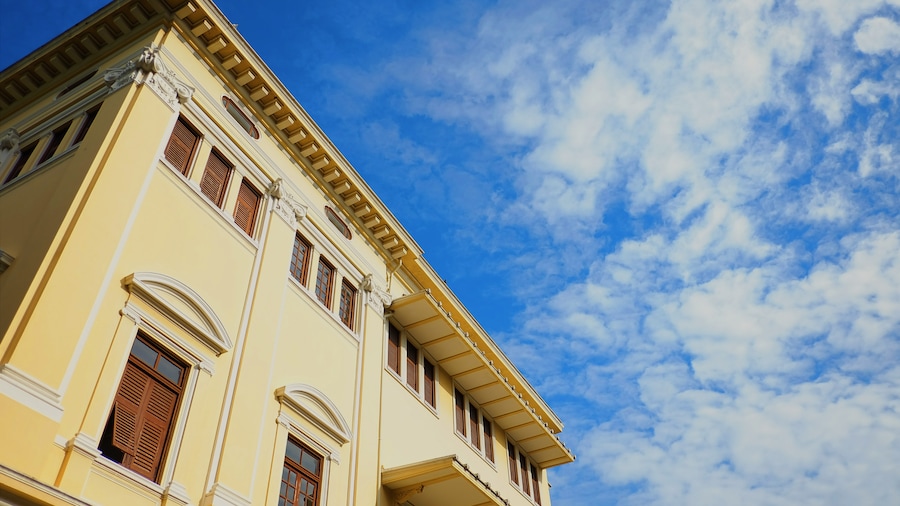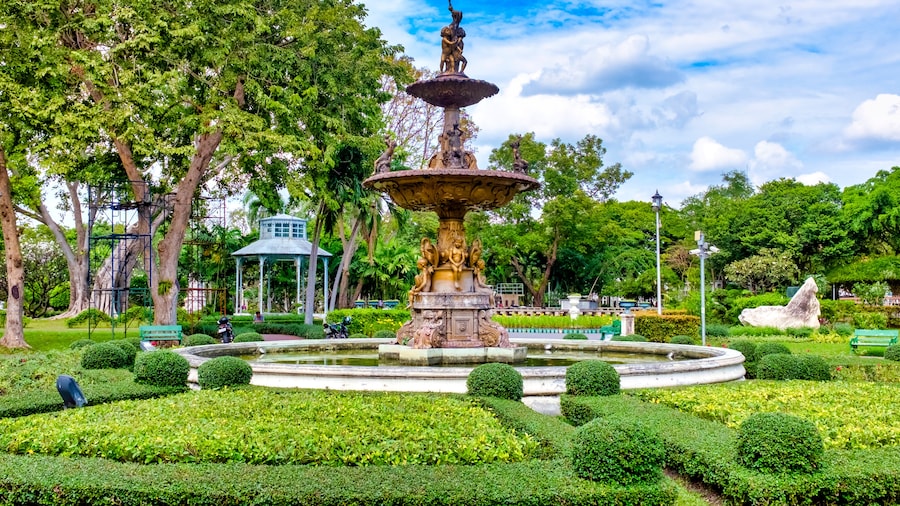The historic significance, ornate design and beautiful views make Wat Arun worth the short ferry trip across the Chao Phraya River from the Grand Palace/Wat Pho. Position yourself on the opposite side of the river at sunset to get a striking photograph of its impressive silhouette against a reddening sky.
The original building was a modest shrine. King Taksin established the capital on the site in the 18th century and built an ornate temple for the sacred Emerald Buddha statue. When he saw it was the first building to catch the morning light, he named it “Temple of Dawn” “Aruna” is the Indian god of dawn and “wat” means temple. In 1782, King Rama I moved the capital to the other side of the river and took the statue with him. The temple’s Khmer-style towers were added by his two successors in the early 19th century.
The four-corner pagoda, or “prang,” is an architectural representation of mythical Mount Meru, the center of the world in Buddhist cosmology. Get up close to see the tiny pieces of porcelain and colored glass that give the roof its shine. Climb the stairs part way up the spire for a view across the city. On your way out, check out the statues of monkeys, demons and incarnations of Buddha. Head inside to see the golden Buddha with the ashes of King Rama II interred at its base. Also worth a look are the murals featuring depictions of the spiritual teacher Prince Siddhartha encountering the different stages of life.
Wat Arun is one of the few Bangkok highlights on the western side of the river. The temple is open daily and there is an admission fee. Take the cross-river ferry at Tha Tien pier from the Grand Palace the ride takes a few minutes and is inexpensive. If you arrive later in the day, remember to stay on the eastern side of the river to watch the sun set behind the temple.








